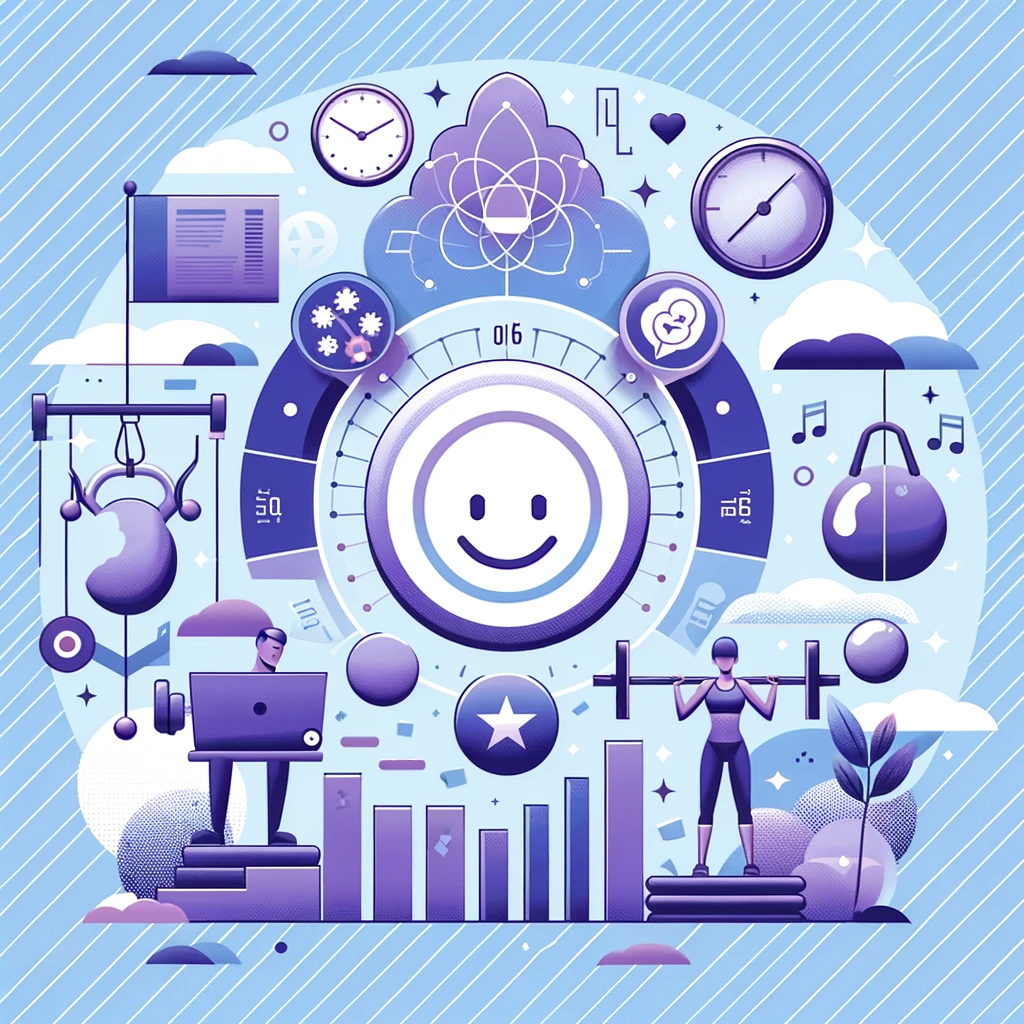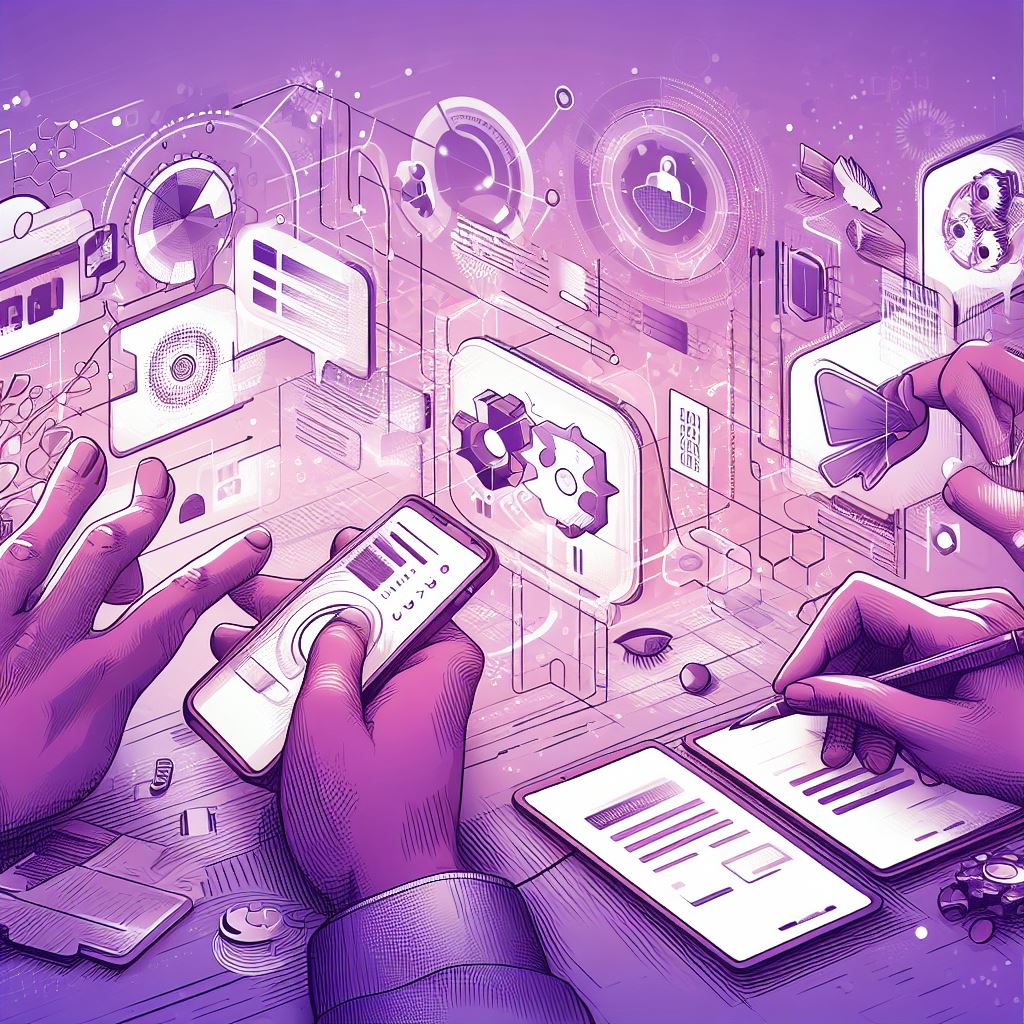Talent Acquisition Process: Crafting Transparent Onboarding for Better Employee Retention
In the intricate dance of corporate growth, two elements play pivotal roles: the talent acquisition process and employee satisfaction. These twin pillars, when harmonized, can propel an organization to new heights of success. Let’s delve into innovative strategies that intertwine these concepts, ensuring a seamless journey from candidate to contented team member.
1. Predictive Analytics in Talent Acquisition Process
The talent acquisition process has transcended beyond traditional recruitment. By leveraging predictive analytics, HR professionals can now forecast the potential for employee satisfaction and longevity. This data-driven approach allows for a more strategic fit, aligning personal career goals with the company’s vision, thereby enhancing satisfaction from day one. SkyQuest research indicates that over 70% of organizations are utilizing workforce analytics for cost savings and to enhance decision-making
2. Culture Fit and Value Alignment
Innovative recruitment now prioritizes culture fit and value alignment as much as skill sets. By employing psychometric testing and value-based assessments during the hiring process, organizations ensure that new hires resonate with the company ethos, which is a significant predictor of employee satisfaction and retention.
3. Gamified Experiences of Talent Acquisition Process
Gamification of the recruitment process can make talent acquisition engaging and interactive, providing a glimpse into the company’s innovative spirit. Challenges, simulations, and virtual reality experiences not only assess a candidate’s skills but also immerse them in the company culture, boosting their enthusiasm and satisfaction levels.
4. Transparent and Interactive Onboarding
A transparent and interactive onboarding process sets the stage for long-term employee satisfaction. Innovative HR teams are now using social platforms and internal networks to connect new hires with mentors and peers even before their first day, fostering a sense of belonging and community.
Disengaged employees cost companies 18% of their salary, leading to high turnover—50% of new hires consider leaving early, rising to 80% if they feel undertrained from poor onboarding.

5. Continuous Learning and Growth Pathways
The promise of continuous learning and clear growth pathways can be a significant draw during the talent acquisition phase. By outlining personalized development plans early in the recruitment conversation, organizations can attract candidates who are not just looking for a job but a place to grow and thrive.
6. Feedback-Driven Recruitment and Talent Acquisition Process
Incorporating candidate feedback into the recruitment process can lead to substantial improvements in both acquisition strategies and employee satisfaction. Post-interview surveys and communication channels for candidates to share their experience. It make the process more transparent and candidate-focused, leading to a more positive perception of the company.
7. Employee Advocacy Programs
Employee advocacy programs can be a powerful tool in the talent acquisition process. Satisfied employees can share authentic experiences and testimonials. They can serve as brand ambassadors to attract like-minded professionals. This peer validation not only enhances the credibility of the company but also showcases a workplace where satisfaction is the norm.
8. Work-Life Synergy Initiatives
The modern candidate seeks more than just a paycheck; they seek a work-life synergy. Innovative talent acquisition strategies now highlight flexible working arrangements, wellness programs, and family-friendly policies, directly addressing the factors that contribute to employee satisfaction.
In Conclusion
The fusion of the talent acquisition process and employee satisfaction creates a virtuous cycle that benefits both the organization and its people. By adopting these innovative strategies, companies can not only attract the best talent but also ensure their happiness and productivity in the long run.
For those who have not followed our discussions on these topics, explore this subject more with this blog post “Talent Acquisition Workflow: Navigating the HR Maze with Innovative Strategies.”









